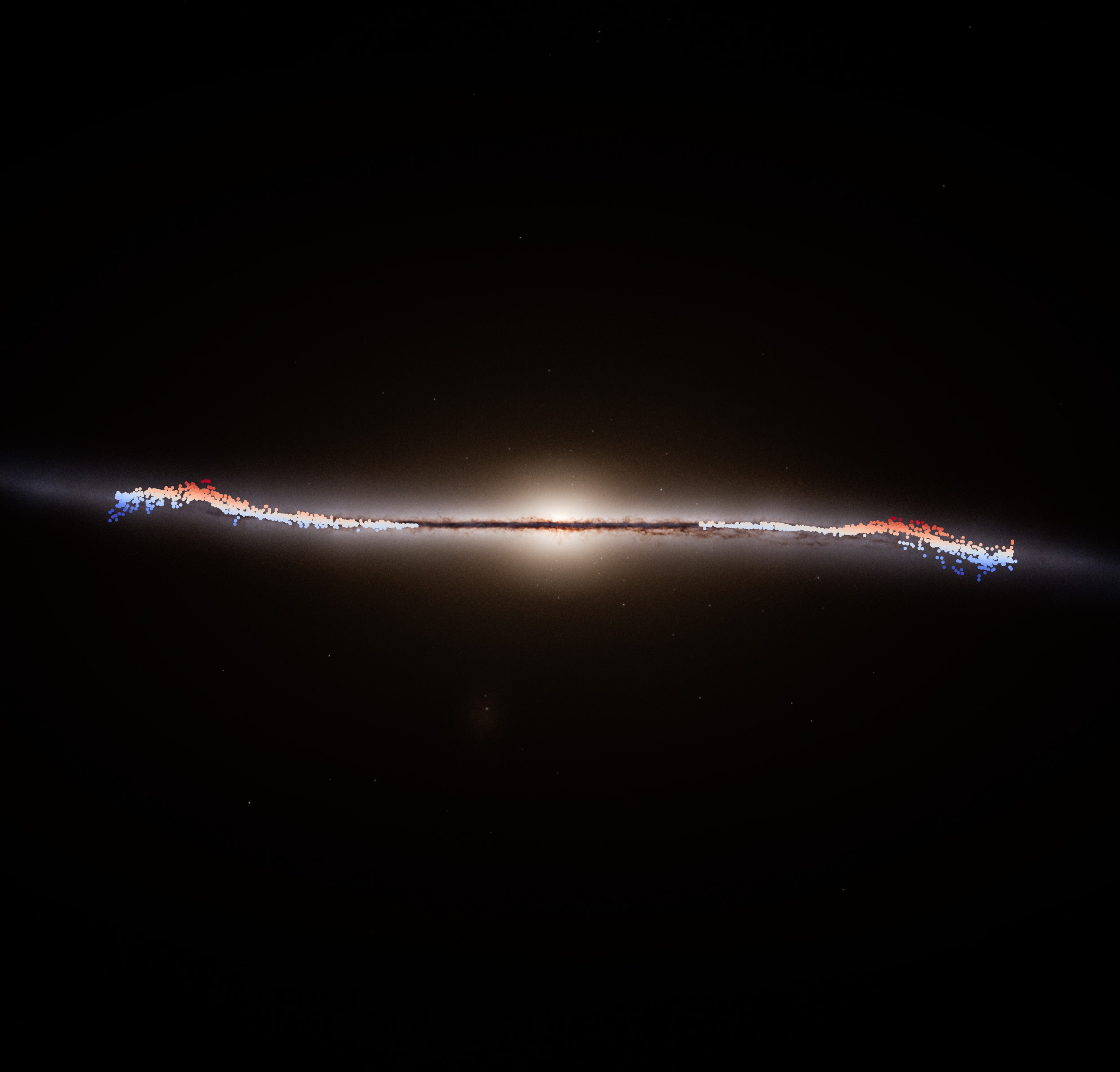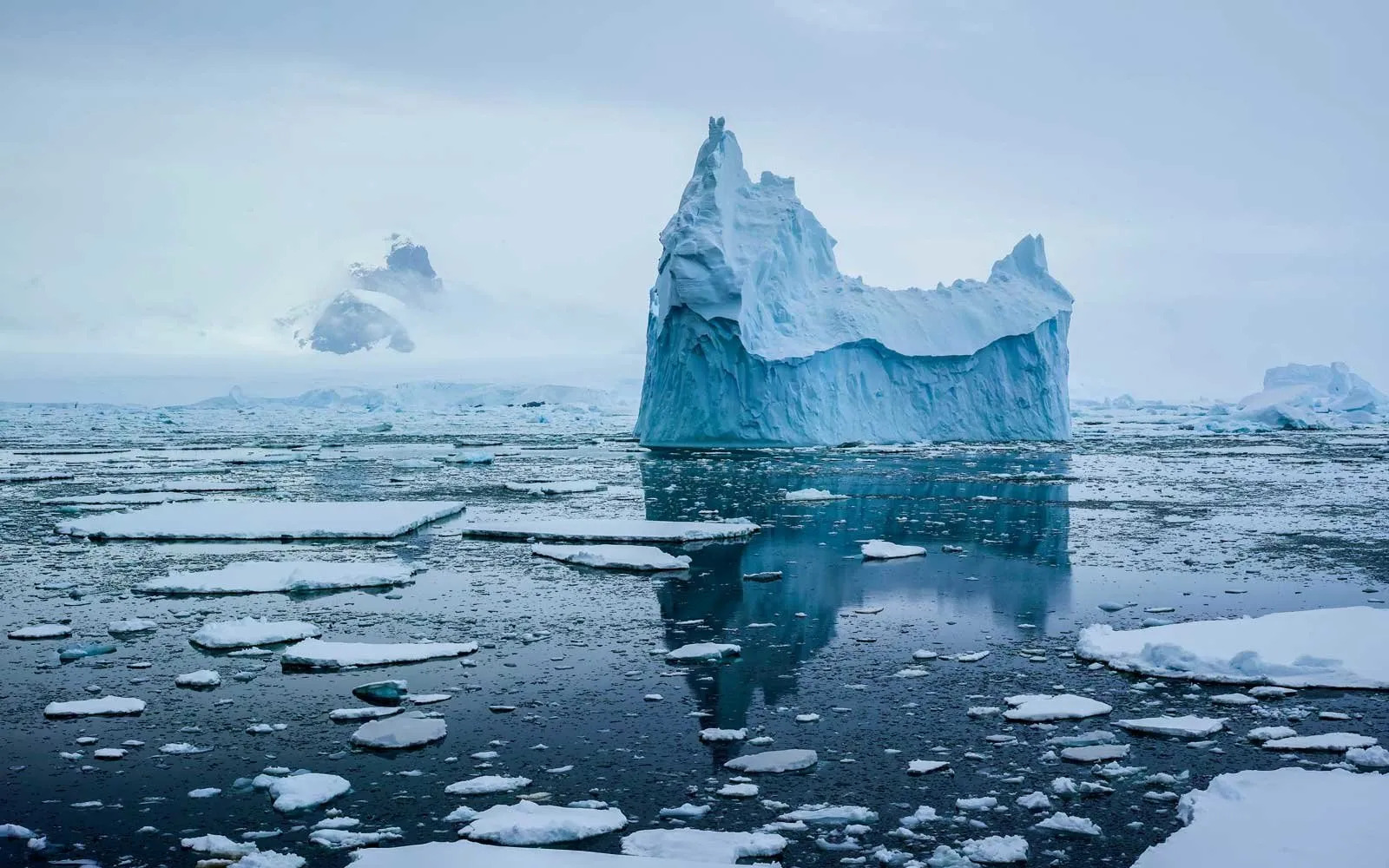Unbelievable Discovery: Mars May Have Once Hosted Life!

Imagine gazing up at the night sky, wondering if we’re truly alone in the universe. A groundbreaking study has just dropped a bombshell: Mars, the Red Planet that has captivated humanity for eons, might have once been a cradle for life!
Led by the brilliant minds at NASA—alongside experts from Imperial College London—this research uncovers tantalizing signs that ancient microbial life could have thrived on Mars. The findings revolve around intriguing minerals and organic materials found in Martian rocks, hinting at habitable conditions that could have supported life.
The international team, particularly from the Department of Earth Science and Engineering at Imperial College, identified significant geological features in the Bright Angel formation of Jezero Crater. This area, rich in organic carbon, presents what researchers believe could be a compelling biosignature of past life, according to ANI.
Since 2021, NASA's Perseverance Rover has been exploring Jezero Crater, a 45-kilometer-wide expanse that once housed a massive lake and river delta—prime real estate in the quest for clues about past Martian life. The rover’s mission? To collect and store rock and soil samples for eventual return to Earth, where they’ll undergo detailed analysis.
Published in the prestigious journal Nature, the study zeroes in on a rock formation dubbed 'Bright Angel', nestled deep within an ancient river valley that once fed the Jezero lake. This exploration led to an accidental yet fascinating discovery. While navigating Neretva Vallis, Perseverance stumbled upon layers of fine-grained mudstones and muddy conglomerates.
Utilizing advanced instruments like the Planetary Instrument for X-ray Lithochemistry (PIXL) and the Scanning Habitable Environments with Raman & Luminescence for Organics & Chemicals (SHERLOC), the research team meticulously mapped the types and distributions of sedimentary rocks at Bright Angel. This enabled them to reconstruct the environment in which these mudstones formed.
What they found was astonishing: sedimentary formations and textures typical of lake margins and beds—evidence that suggests the valley was once flooded, giving rise to conditions potentially conducive to life. However, don’t pop the champagne just yet; while these findings are incredibly promising, researchers emphasize that they haven’t yet found definitive proof of life on Mars. They still need to study the samples to determine if any biological processes were at play.




























